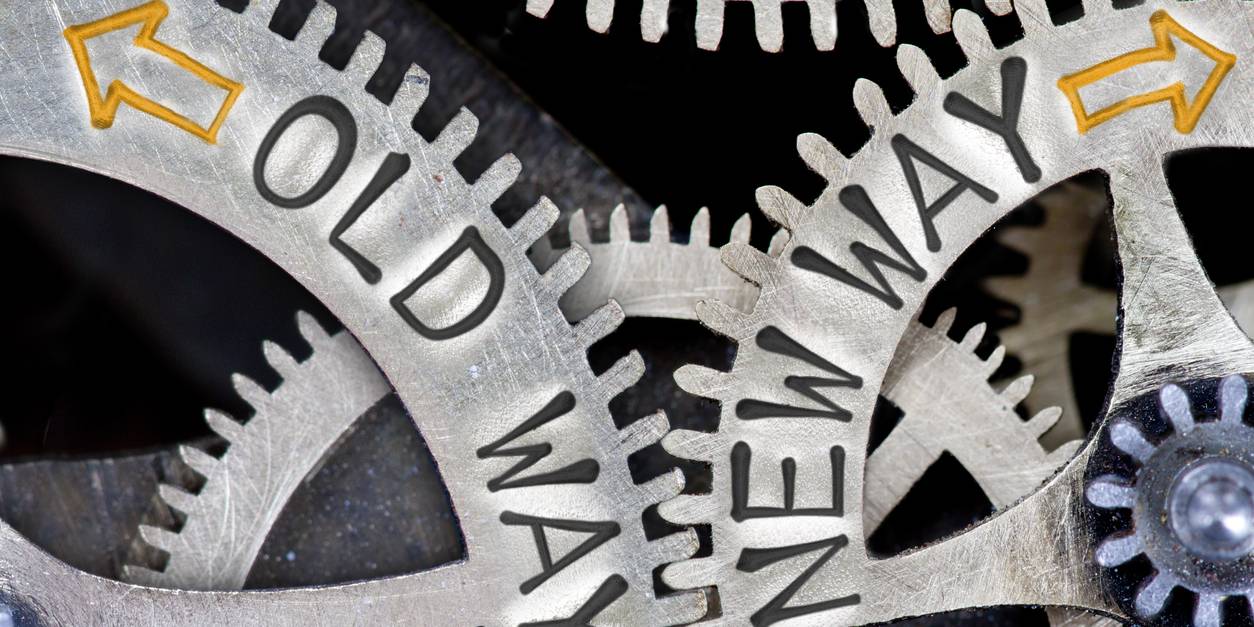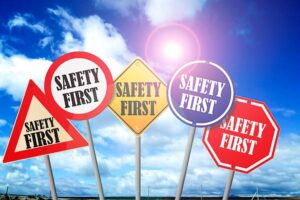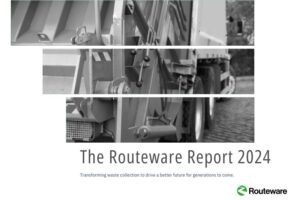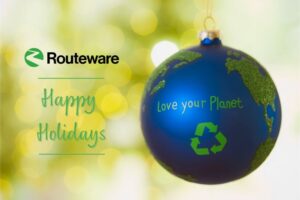13 Ways Municipalities and Waste Haulers Lose When They Don’t Embrace Technology
Opportunity cost is the thing you give up to get something else. It’s kind of like Newton’s Law – every action has an equal and opposite reaction, but within business or industry.
Opportunity cost even plays into your mix of tools for recycling education. For example, if you decide to mail a calendar to your list of 50,000 households, implicit in this decision is how you decided not to use the resources required to do so: What else could you have done with the natural resources (paper, fuel), staff time, and the hard costs for printing and postage?
Research suggests that not going digital comes with hard costs. The good news is, moving your program into the digital realm has never been easier or more affordable.
Here are 13 potential opportunity costs to motivate you to go digital without delay.
1. Reaction time. When your program, business or enterprise isn’t digitally aligned, you end up moving too slowly to serve effectively, wasting precious resources along the way.
Consider service-disruption notifications for hefty snows or diesel-clogging frigid temperatures that stop collection trucks in their tracks. In emergent situations like these, the best way to contact residents in a timely manner is through digital channels. Automated emails, texts or voice messages also can spare you and others from endless phone calls from unhappy residents when things don’t go as planned.
Plus, digital interactions are a lot less expensive in the long run—40 cents each versus $6.60 for a phone call, according to a 2015 DeLoitte report.
2. Decision-making metrics. When it’s time to allocate funds among educational initiatives, how will you decide where to invest? If you’re digitally aligned, you have the answers already. You’ll check the data, benchmark it, implement education to target problems, then measure again to check progress.
No data? No reliable information to positively influence the decision-making process. No way to benchmark. No way to log success.
Sounds really hard, doesn’t it? It’s expensive, too. Designing campaigns without consulting data recently cost 100-year-old US retailer JC Penney 12 percent in profits in one quarter.
3. Peer Success Emulation. Municipalities often improve their recycling programs through peer emulation, one of the most important functions of the state or regional recycling conference, if we might say so. But when your program begins to lag behind on digital, it’s hard to follow in the footsteps of the most effective programs. For waste haulers, the same is true.
4. Retaining Staff. Employees already largely rely on digital services and systems at home, so there’s a bit of cognitive dissonance when they report to an employer that hasn’t adopted digital tools that work pretty well. In fact, this trend is already underway, according to The Digital Renaissance of Work by Paul Miller and Elizabeth Marsh. The cost to replace a staff member who left due to workflow frustrations is about 33 percent of their salary, or $15,000 for someone who earns of $45,000 a year, according to the Work Institute’s 2017 Retention Report.
5. Attracting New Talent. US unemployment rates are historically low, giving workers a bit more elbow room in the job search. And as Generations Y and Z begin to crowd out previous generations as the largest cohorts in the workplace, slow-to-adapt organizations may find themselves hard-pressed to fill positions requiring outdated, analog processes.
6. Bolstering Sustainable Recycling Behaviors. Recycling contamination and other unsustainable behaviors around solid waste add up. According to one Colorado city’s estimate, each truckload of recyclables bearing the industry average 25 percent contamination flushes away $250.
Without a mechanism for collecting data about solid waste topics that are confusing to residents, such as ReCollect’s Waste Wizard, municipalities and haulers alike are ill-equipped to identify root causes and address them through targeted education.
7. Safety of Staff Members. Solid waste consistently rates among the top 10 most dangerous professions, and in 2017, waste collection workers were the fifth most likely of all professionals to die on the job. In terms of worker safety, digital compliance and record-keeping systems allow better collection and analysis of incidents to prevent recurrence.
8. Retiring Antiquated Systems. Old systems and processes requiring manual monitoring and regular inputs to keep things running are common and really expensive: Many cities are still running on software from the 1980s, and 10 of the US federal government’s legacy systems cost residents are $337 million a year. Often it’s impossible to retire a cranky, outdated system until a new one is in place—all the more reason to start the transition to digital ASAP.
9. Reducing Complaints. If the cost to a municipality to handle a complaint phone call is close to $7, as previously noted, then what is the value of preventing that call with a delightful digital solution before it happens? It’s certainly greater than $7, especially when we consider the serious repercussions of decreased trust in the offending program, business or municipality. On the flip side, it’s perhaps even more difficult to place a dollar value on a positive interaction, and yet we know intuitively that when residents and customers feel understood, they’re more likely to continue participating in our programs or buying our services. What better reason do we need to delight them with digital?
10. Decreased Resource Consumption. Digital communications like the online and app-based Collection Calendar provided by ReCollect save money over traditional print-and-mail methods, but what else does digital save? Well, trees, for one thing. A simple, single-sheet mailing to 50,000 households requires at least five trees according to Sierra Club, and its delivery will generate over a ton of C02, says Pitney Bowes.
11. Meeting Residents Where They Are. The fastest growing demographic on Facebook is Baby Boomers. How is this important? It strongly indicates that mature homeowners are online – and are using social networks to gain helpful information. Meeting residents and customers where they are—on social media networks—encourages trust and provides an inexpensive platform for regular information sharing, interaction and social listening.
12. Operational Efficiencies. Collection is the most expensive piece of the solid waste pie, between the curb and final disposition, eating up as much as 60 percent of budgets. Moreover, trimming fleet costs, including fuel and maintenance, is one great way to save—but without digital route-mapping software, it’s difficult.
Digital solutions can engender efficiencies in other areas, as well: Automated alerts, for example, that let residents know when a holiday will delay their collection quiet the phones, allowing frontline staff to focus on other tasks more effectively and efficiently.
13. Economic Stability. For municipalities and haulers whose programs depend in part upon the sale of recyclables to remain in the black, clean recyclables are key. This means, of course, that residents need to know what they can and can’t recycle. The best, most effective way to present this type of information is a searchable online database, according to best practices shared by The Recycling Partnership.
That’s it: These days, going digital is a best practice in solid waste, just as it is in other industries. Effective digital solutions open up all kinds of opportunities, from increased cost savings and natural resource conservation to happier employees and better engaged residents. Now is the time to capture them!





